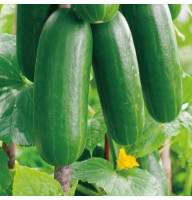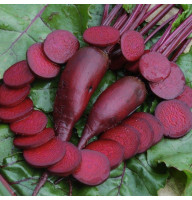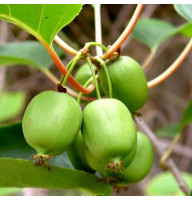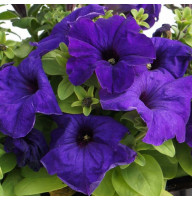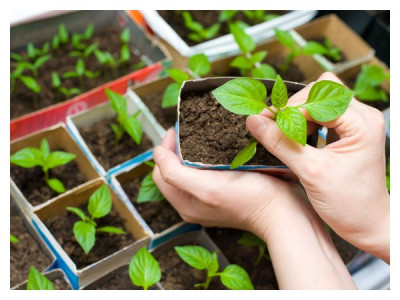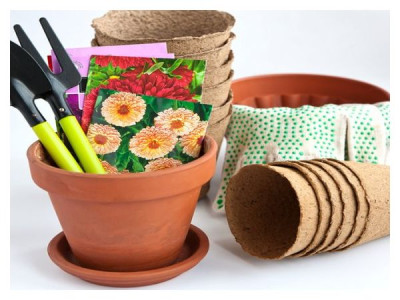Tasty and healthy beets are grown by many gardeners. But to get a good harvest, this crop needs to be properly looked after: water, weed and thin out seedlings, removing plants that thicken plantings and compete for nutrients, light and water.
Beet thinning is carried out 2-3 times per season: the first - when the plants have 2-3 true leaves. At this stage, weaker sprouts are pulled out of the ground, leaving 3-4 cm between plants. A few weeks later, when the beets already have 4-5 true leaves, a second thinning is carried out, leaving an interval of 6-8 cm between root crops.
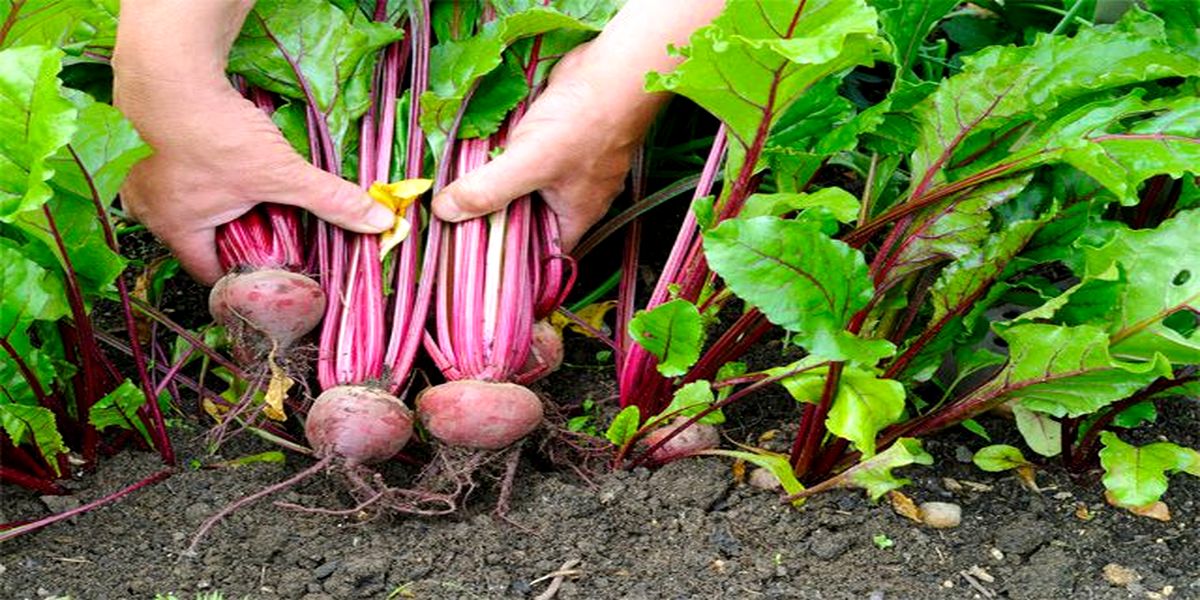
The last thinning of late-ripening beets is usually carried out in August, leaving a distance in a row between plants of at least 8-9 cm. Young root crops can be used for food or planted in vacant beds to rationally use the site.
Break through beets after watering or rain. So the root system of plants receives less damage.
Beet seedlings that remain after thinning take root quickly and give a good harvest. However, for transplanting beets, you need to choose a suitable place and carefully prepare the bed.
How to prepare a bed for beets
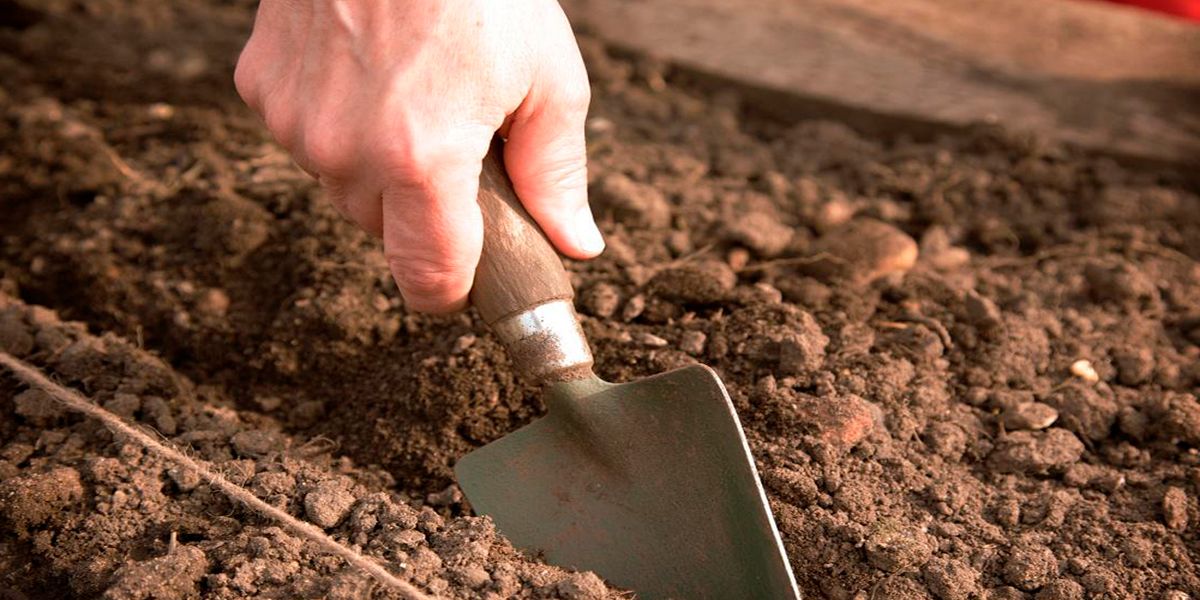
For planting beets, you need to choose a flat, well-lit area with loose and fertile soil. The best predecessors for beets are green, legumes, pumpkin and nightshade crops. But in the summer, most often, beets are planted in beds that are freed up after harvesting onions, garlic, various types of lettuce and cabbage of early ripening.
If organic fertilizers were not applied under the predecessor crop, then mature compost or vermicompost (4-5 kg per 1 sq.m.), as well as complex mineral fertilizer with microelements (OMU Universal, Fasco On the garden, Fasco 5-M for root crops, Fertik Universal-2, etc.) or a mixture of ammoniated superphosphate and potassium sulfate (30 g of superphosphate and 20 g of potassium sulfate per 1 sq.m). After that, the soil is loosened and the surface of the beds is leveled.
During the preparation of the beds, it is necessary to check the acidity of the soil, because. acidic soil is not suitable for growing beets. If the indicator is below 6.5 pH, then instead of mineral fertilizers, wood ash can be added: 200-300 g per 1 sq.m.
It is advisable to transplant beet seedlings to a new place immediately after thinning. This work is best done in cloudy weather, on the eve of rain. If the bed is not ready or conditions do not allow, then the plants pulled out of the ground can be sprinkled with moist soil and left for several days in a shaded place.
For transplantation, healthy plants without damage are used. On seedlings, you need to cut off all large leaves in half, leaving only part of the petiole, and pinch the tip of the root if it is very long.
On the prepared bed, rows or holes are made with a flat cutter or chopper, they are plentifully watered with settled and sun-warmed water, and then the beets are planted at a distance of about 10 cm.
When planting, beets need to be deepened to the base of the leaves and the soil around the root should be well pressed. After transplanting, the plants need to be watered again. And if the weather is hot, sunny, then it is advisable to shade the bed for several days. To do this, you can put upside down boxes on top or build a temporary shelter from dense agrotextile.
How to take care of plantings
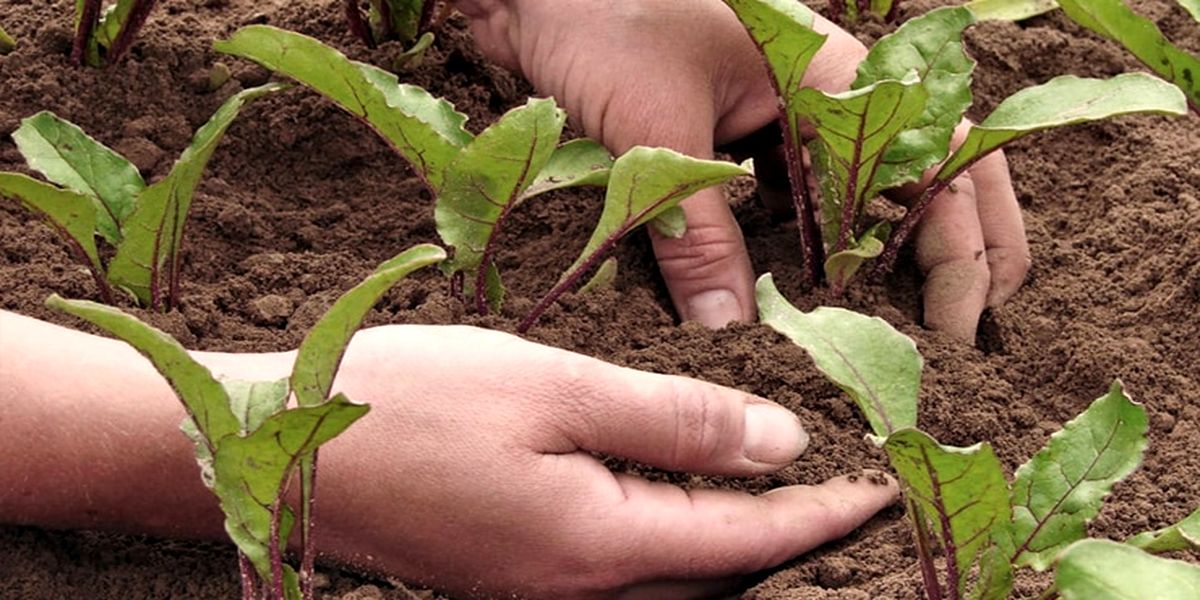
Caring for planting beets comes down to regular watering, loosening the soil and protection from diseases and pests. It is important to prevent the emergence of a large number of weeds that will inhibit the growth and development of transplanted plants, thicken plantings and create favorable conditions for insects and phytopathogens.
To facilitate beet care, the soil between the beet rows can be mulched with hay. Under a layer of mulch, the soil is always loose, moist and fertile. Soil microorganisms actively multiply there, which improve plant nutrition.
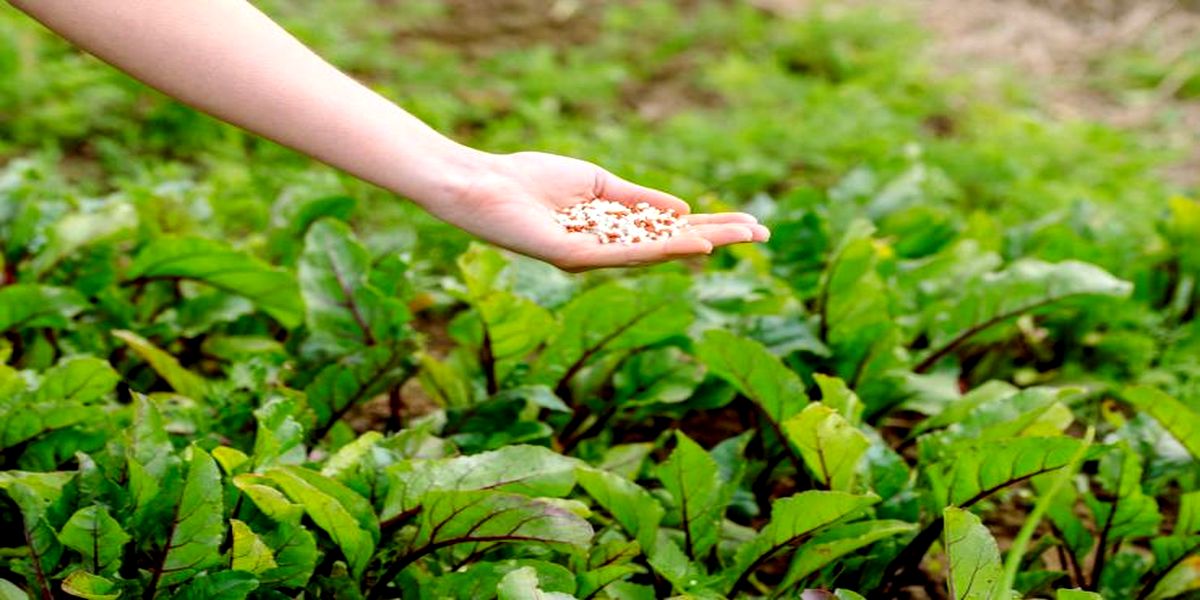
At the end of summer, it is advisable to feed the transplanted beets with an infusion of ash (200 g per 10 liters of water) or a complex water-soluble fertilizer with a high content of potassium: Agricola for carrots, beets, radishes, Crystalon Orange 6.12.36+3, Agromaster 3.11.38+4, Plantafide 5.15.45, Fertika Lux, etc.
Subject to the simple rules of agricultural technology, transplanted beets usually quickly take root in a new place and by the time the autumn cold sets in, it has time to form full-fledged root crops.
If you can’t plant all the beets after thinning, then you can make borscht, cold soup or salad from it, using not only the root crops themselves, but also the leaves, which are less useful. Therefore, many housewives thin out the plantings in stages, many times per season, so that the kitchen always has young beets for tasty and healthy dishes.


